Energy Efficiency Measures for Older and Traditional Buildings
Work towards a qualification in energy efficiency with our building conservation experts
Duration
2 days from 9.00am - 4.45pm
Dates
We're sold out for 2025.
Dates for 2026 will be advertised winter 2025.
Cost
£495 for the two days. Includes NOCN enrolment and remote examination fees (including the cost of one resit, if necessary), as well as catered lunches and coffees/teas.
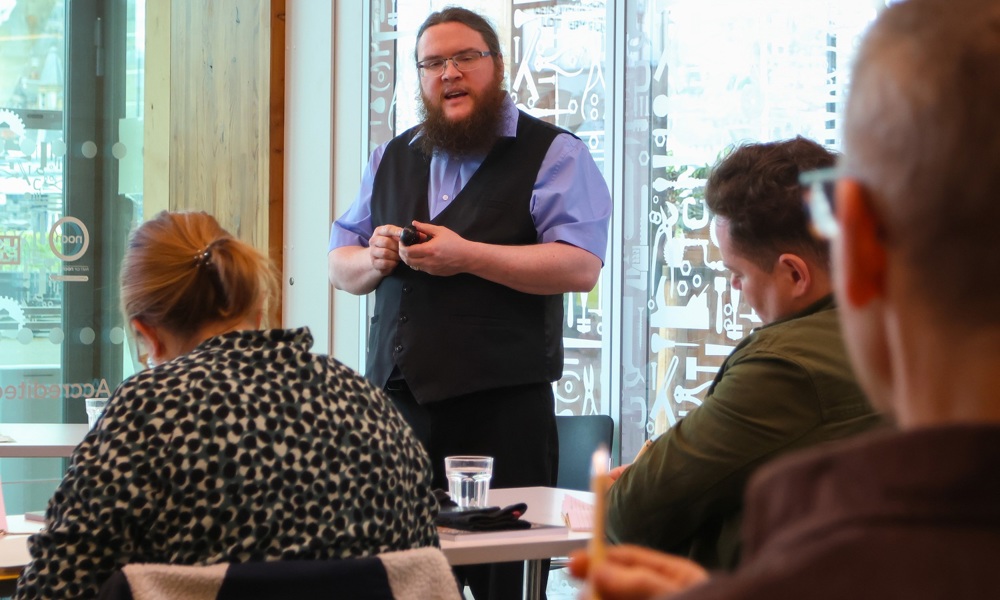
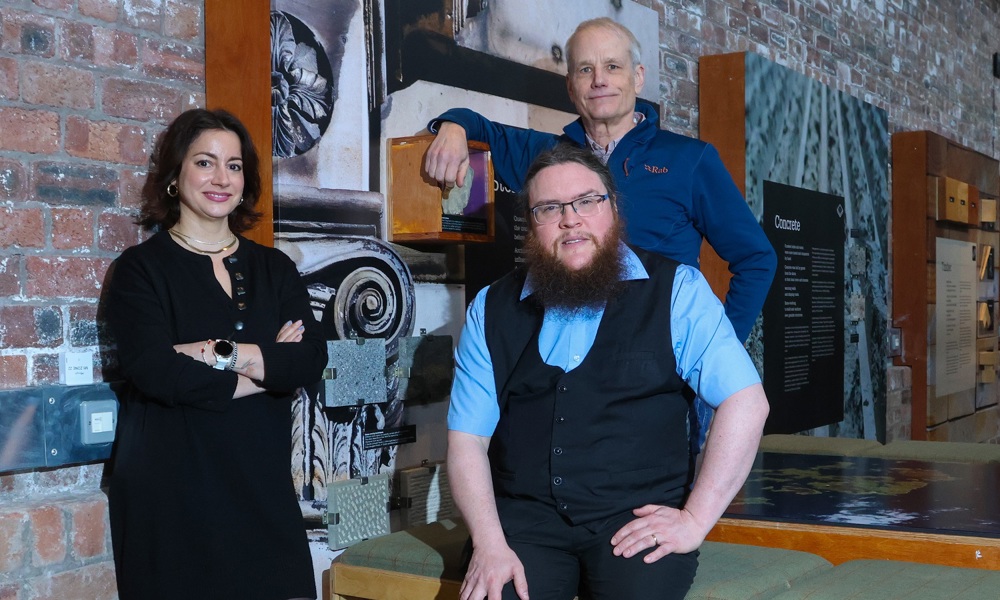
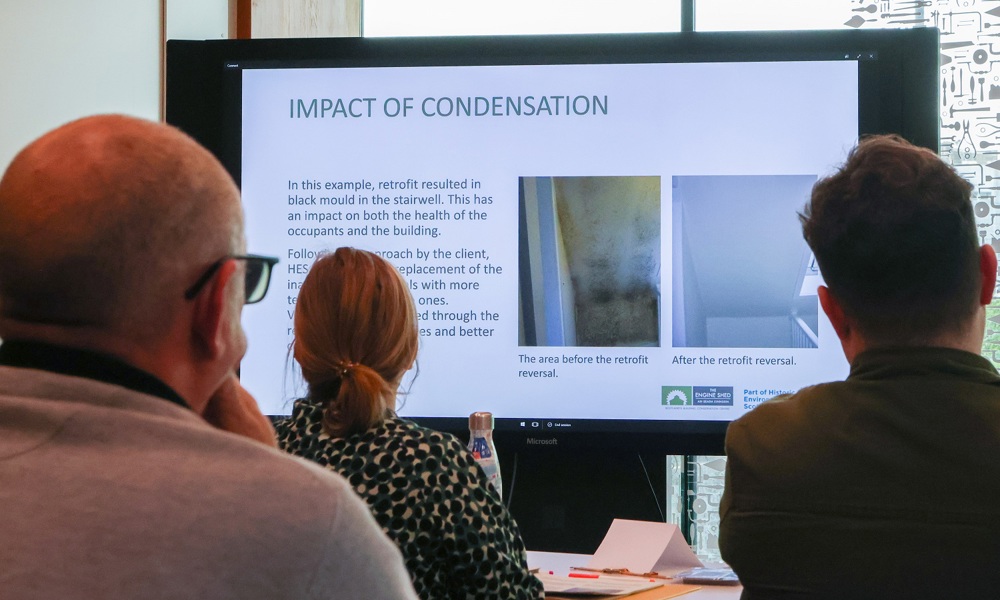
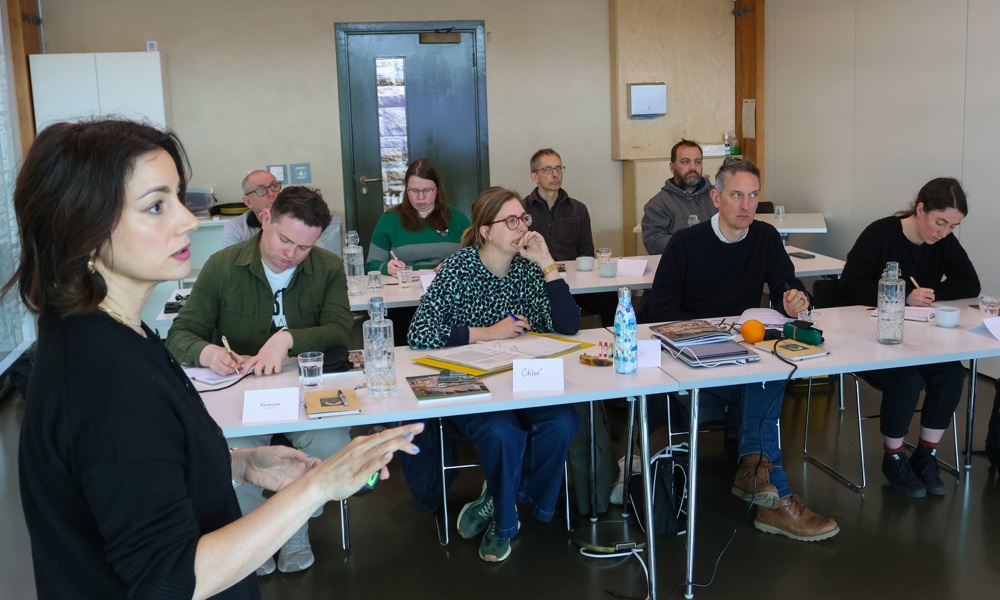
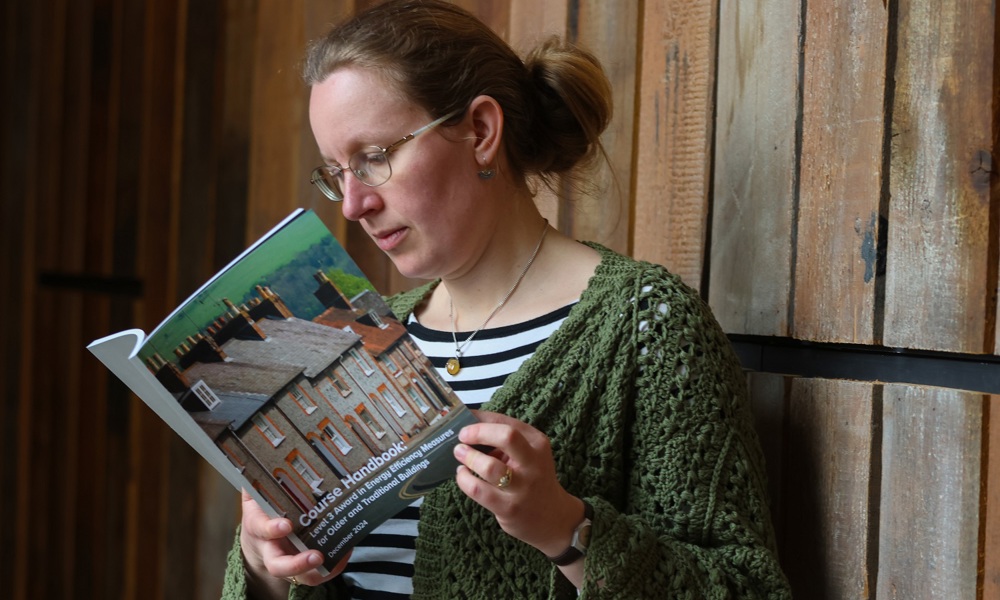
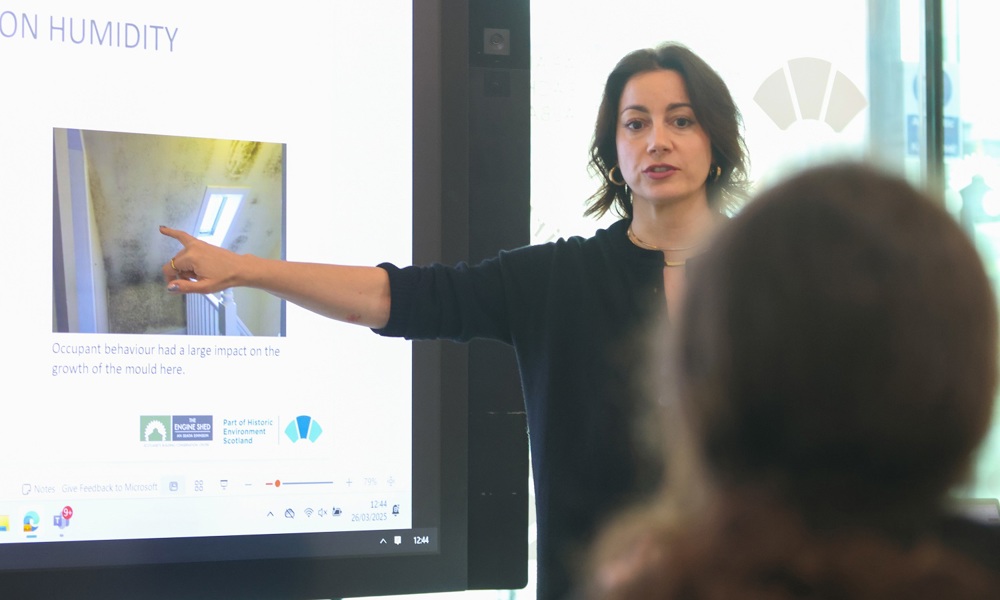
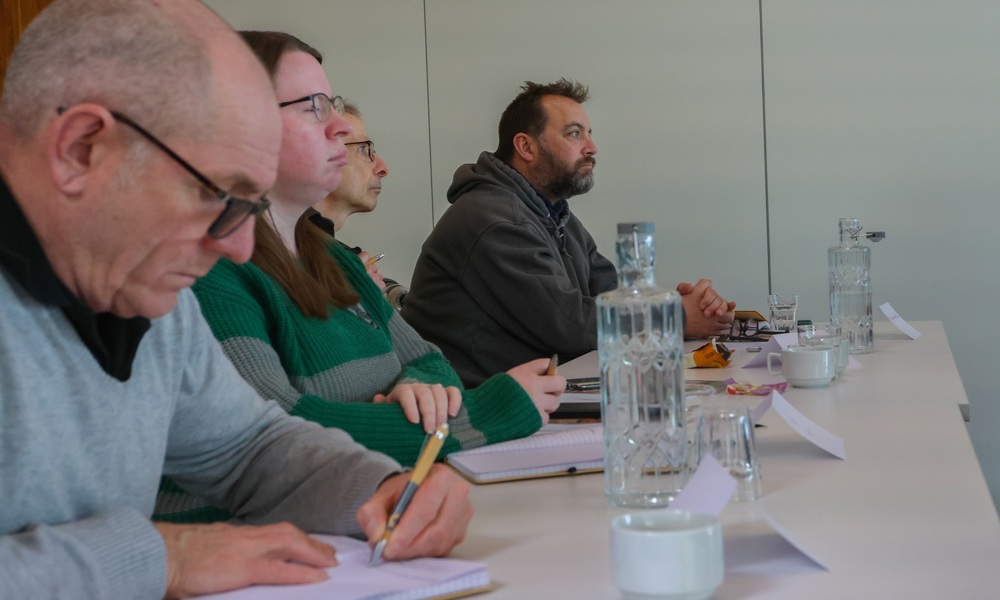
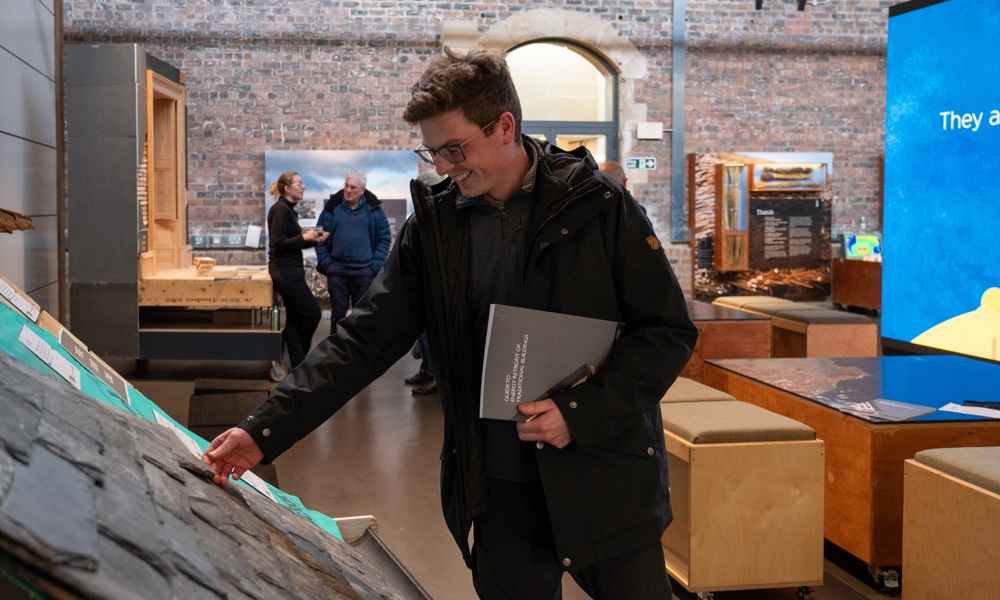
As we face a global climate emergency, and conversations about environmental solutions for home energy intensify, qualifications in energy efficiency are more important than ever. On this programme, gain an overview of older and traditional (pre-1919) buildings, the range of energy efficiency measures available, how to evaluate their suitability and how to recommend their installation.
This 2-day course is accredited by the National Open College Network (NOCN) and delivered by experts leading the way in energy efficiency for traditional and older buildings.
Book a place
Our courses for 2025 are now sold out.
The course will be running again in 2026 with registration starting in winter 2025. Check this page for updates or sign up to our e-mail newsletter to get updates on this and our other events and courses straight to your inbox.
There are 16 places available on each course. We allocate places on a first-come, first-served basis so book now on Eventbrite to secure your spot before places sell out.
About the course
Our experts will guide you through three modules, so after the course, you'll be able to:
- recognise the age, nature, and characteristics of older and traditional buildings
- evaluate the appropriate options for introducing energy efficiency measures to older and traditional buildings
- make recommendations and give advice on introducing energy efficiency measures to older and traditional buildings
Through the programme, you'll work towards a recognised qualification in energy efficiency.
The total learning time for this qualification is 30 hours, with 21 guided learning hours. The combination of pre-course reading along with the two-day course and one-hour remote exam should achieve the required total learning time. Please read the NOCN Course Specifications for more information.
Please be aware that we may require you to show that you have undertaken all of these actions.
The course will last two full days. The full programme will be sent to candidates ahead of the course delivery.
Who is this course for?
This course is designed for anyone aged 18 and over who already has a background and experience in the construction industry.
This includes:
- experienced craftspeople and general building operatives
- proprietors of small building companies who have experience of working on various aspects of traditional (pre-1919) buildings, or plan to undertake this type of work
- site managers and supervisors involved in managing contracts for the energy efficiency and retrofit of traditional (pre-1919) buildings
- town planners, architects, surveyors, architectural technologists and technicians, architectural conservators, construction project managers, clerks-of-works or other building or heritage professionals whose predominant vocational role includes working on energy efficiency retrofit or providing technical advice and guidance on energy efficiency retrofit measures
- Installers of Solid Wall Insulation systems (Internal & External Wall Insulation)
- Installers of Passive Fire Protection measures
- Retrofit Coordinators and Retrofit Assessors or others undertaking work in roles connected with PAS 2035
To take part in the course, you must demonstrate proof of knowledge and experience in these areas, including energy efficiency.
You will also need access to a personal computer for the assessment on an agreed day after the course.
Once you've booked a place
Once you’ve booked your place on the course, we'll issue you with a Candidate Knowledge and Skills Scan pro-forma. You must complete and return this to us, along with a copy of your current CV, ahead of the course start date.
We will use these documents to determine your current level of understanding and experience of working on older buildings to make sure you meet the course entry requirements.
If you're accepted onto the course, we will keep your CV and Candidate Knowledge and Skills Scan for quality assurance audits by the awarding body, NOCN.
If you don't meet the requirements, we will withdraw your offer of a place on the course and issue you a full refund.
Learning Outcomes
Tutors
- Dr Moses Jenkins MCIOB: Moses Jenkins joined Historic Environment Scotland in 2005 and is now a Project Manager in the Technical Conservation team at the Engine Shed. He has written various guidance notes over this time, most notably on the subjects retrofit and also brickwork. In 2009 he edited the book Building Scotland and in 2018 authored the book The Scottish Brick Industry. He gained his PhD through the study of Scottish traditional brickwork in 2017 and is a conservation accredited member of the Chartered Institute of Building. Having led many site-based technical research projects into retrofit of traditional buildings he is currently engaged in the development of policy, standards and qualifications to improve knowledge of retrofit measures for traditionally constructed buildings.
- Lila Angelaka: Lila is a Senior Technical Officer in Historic Environment Scotland’s Technical Conservation (Retrofit & Fabric First) team. She holds a degree in Architectural Engineering in Building Conservation and Restoration, and a MSc in Architectural Conservation from the University of Edinburgh. She has worked in various conservation accredited architectural practices and heritage organisations, before joining HES in 2013 as a Historic Buildings Adviser in the Planning, Consents and Advice Service. In her current role, she is involved in energy efficiency retrofit projects, she is a writer and editor for a number of HES’s technical publications and blogs, and provides technical advice internally and externally on various technical subjects, including retrofit, climate change adaptation and fire safety.


